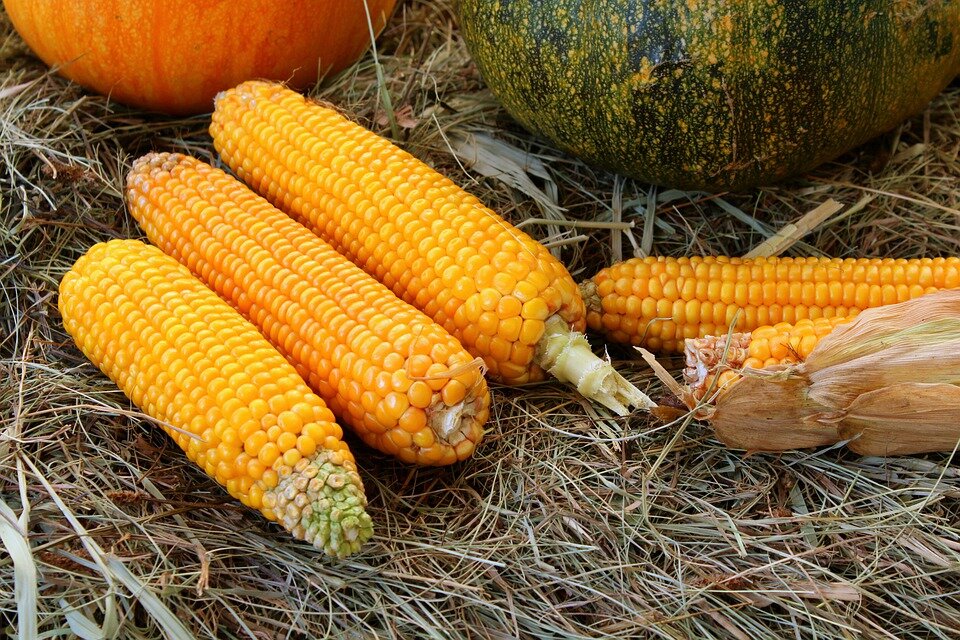
Talimali Band the Apalachee Indians of Louisiana
Homework Help
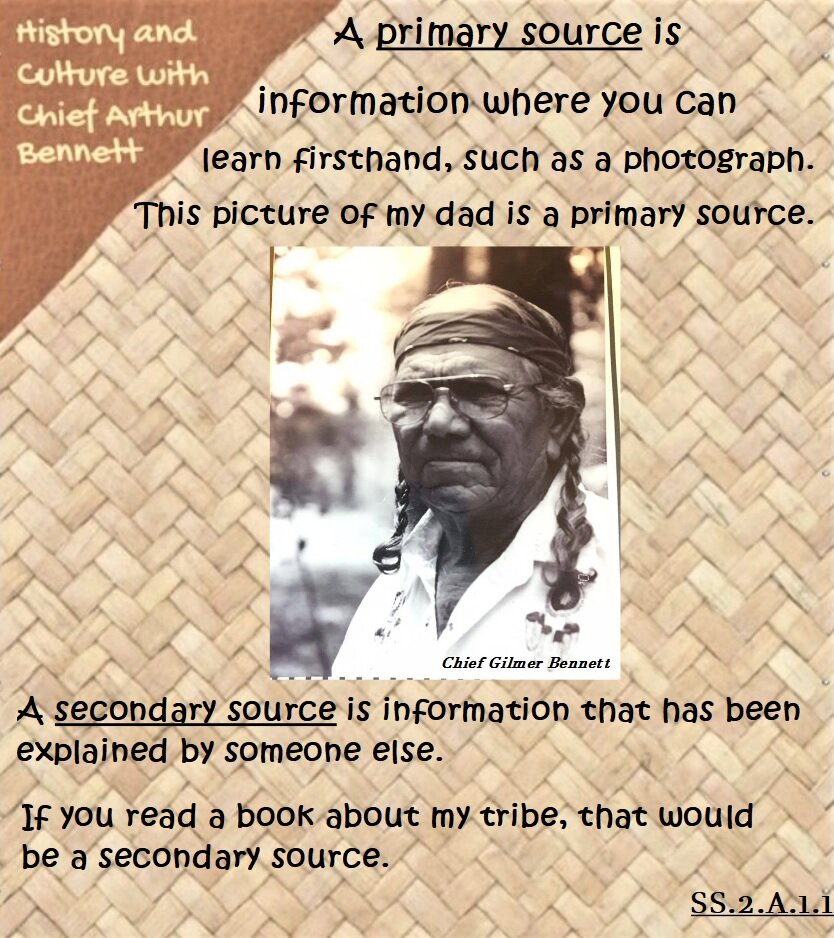
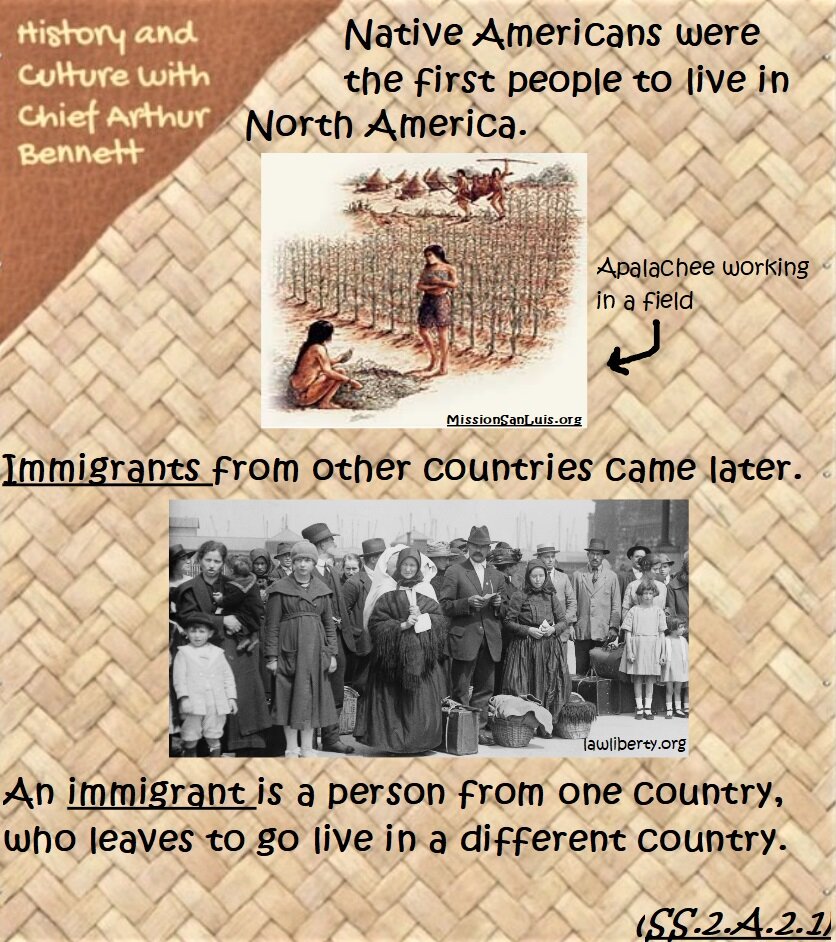

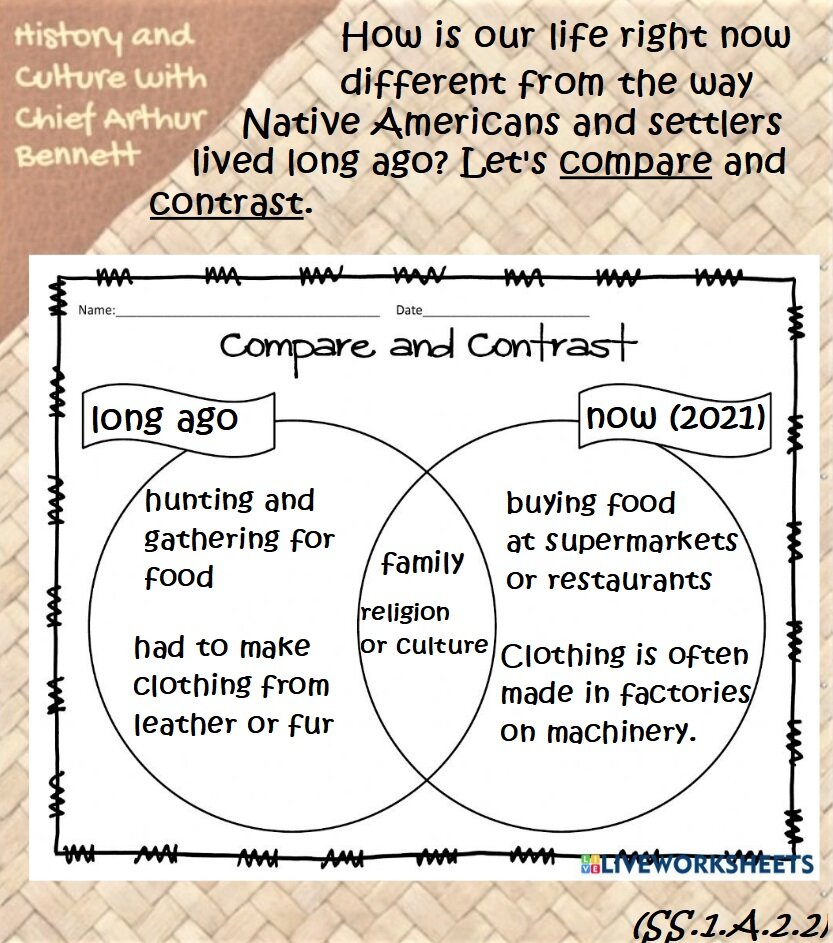
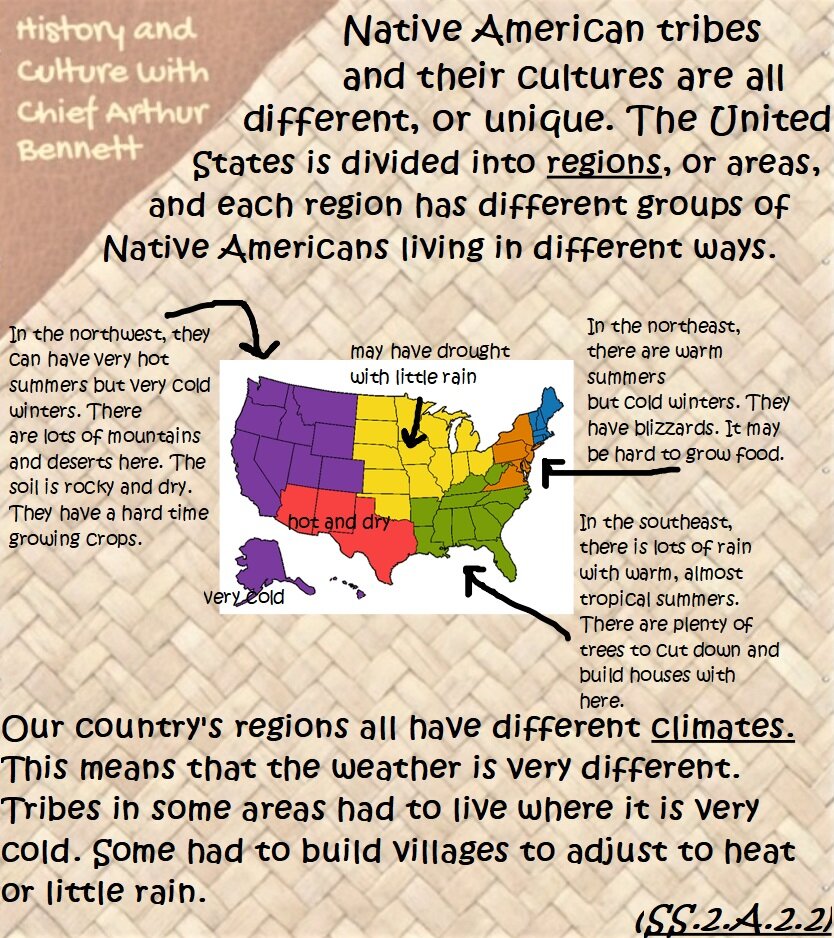

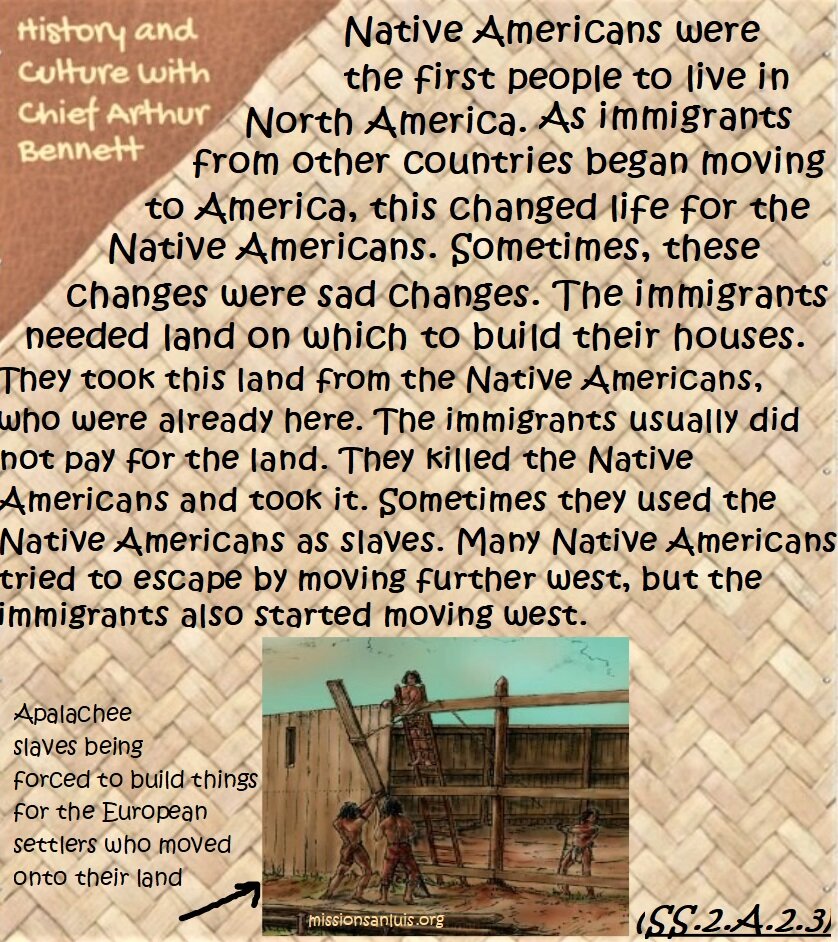
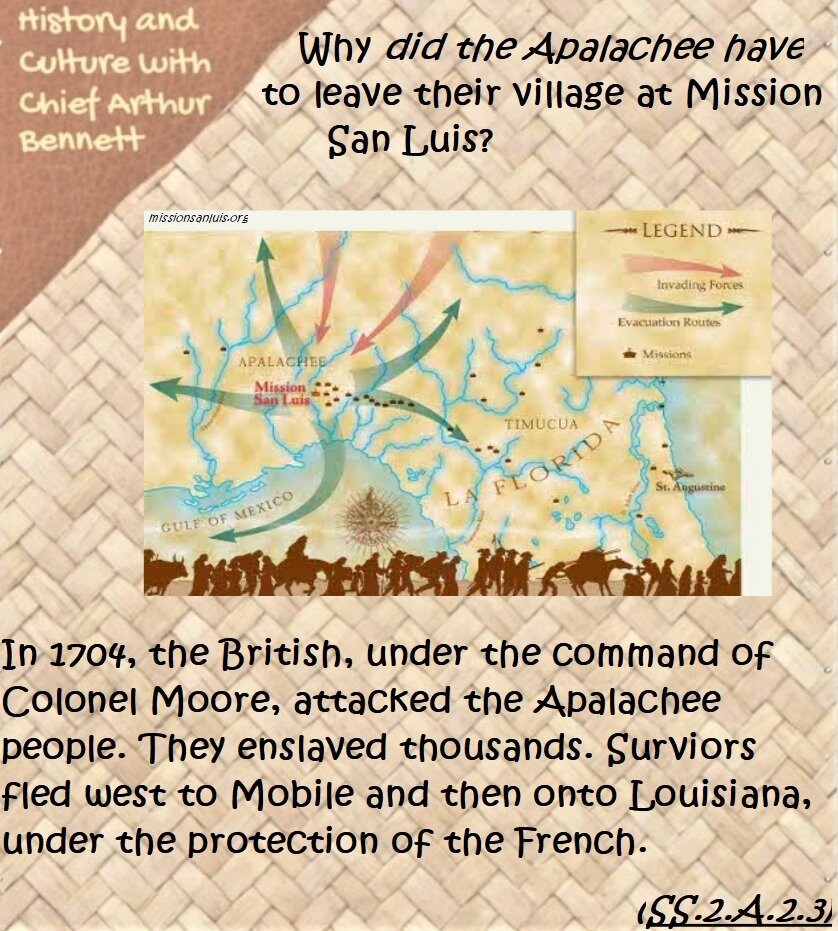

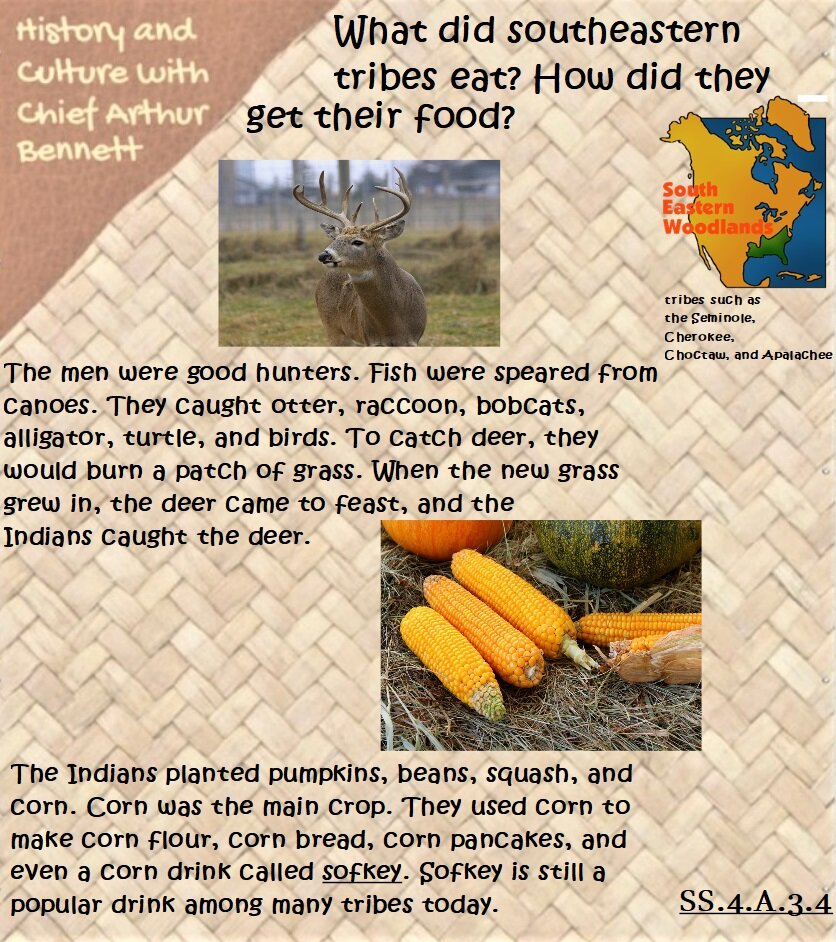
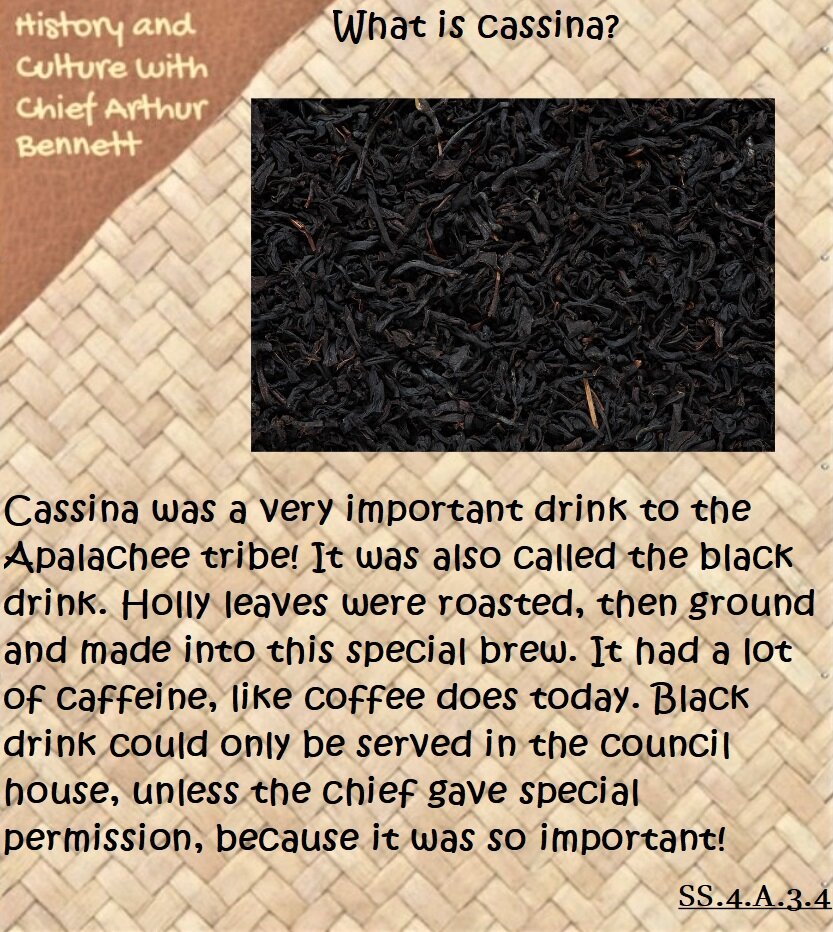
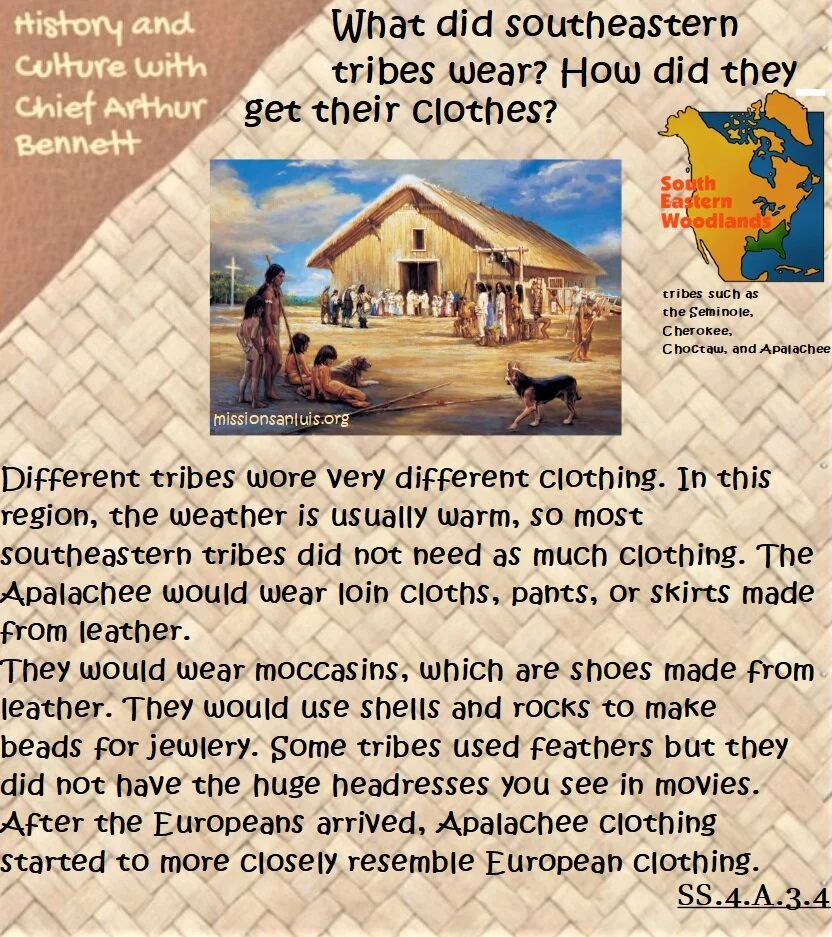
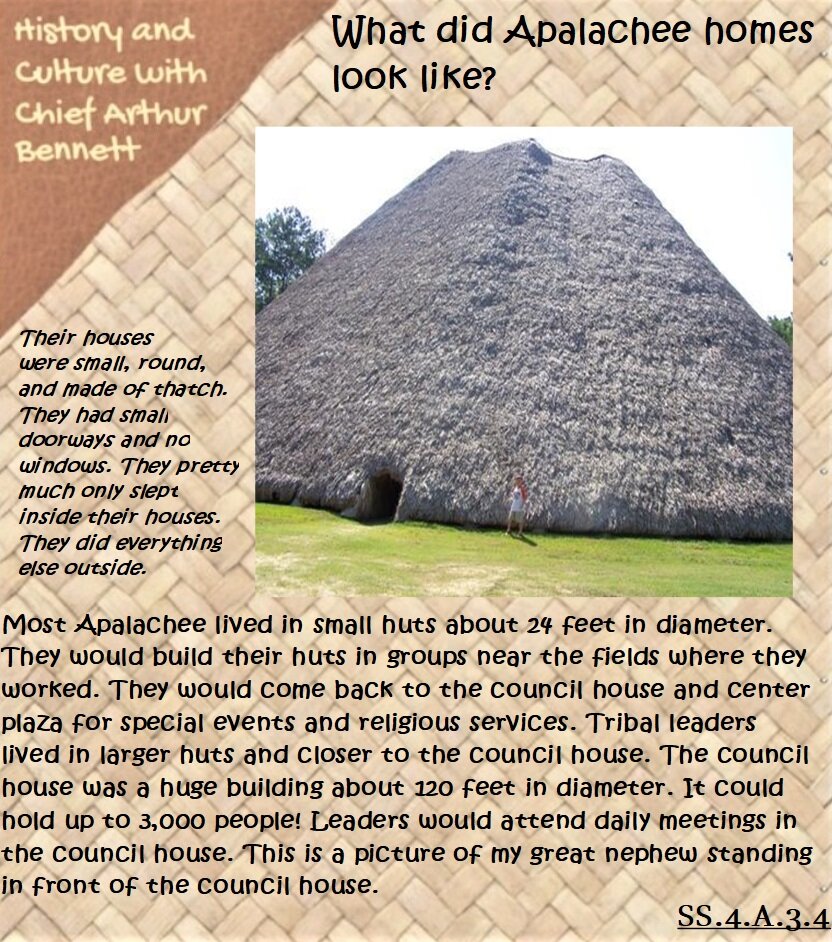
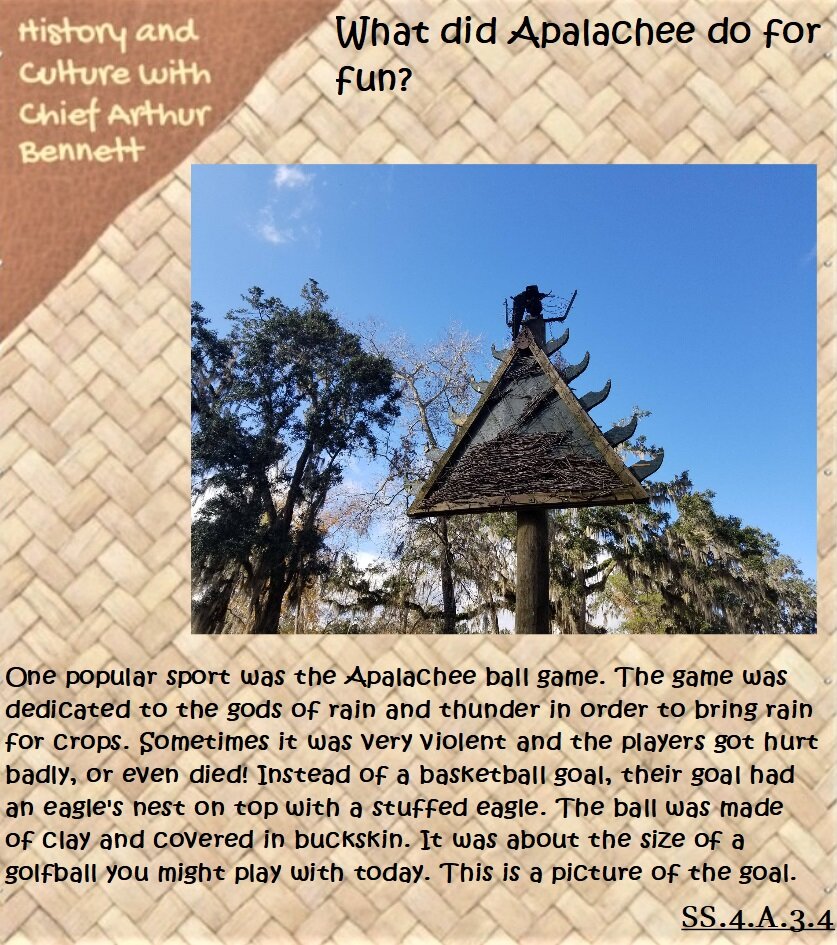
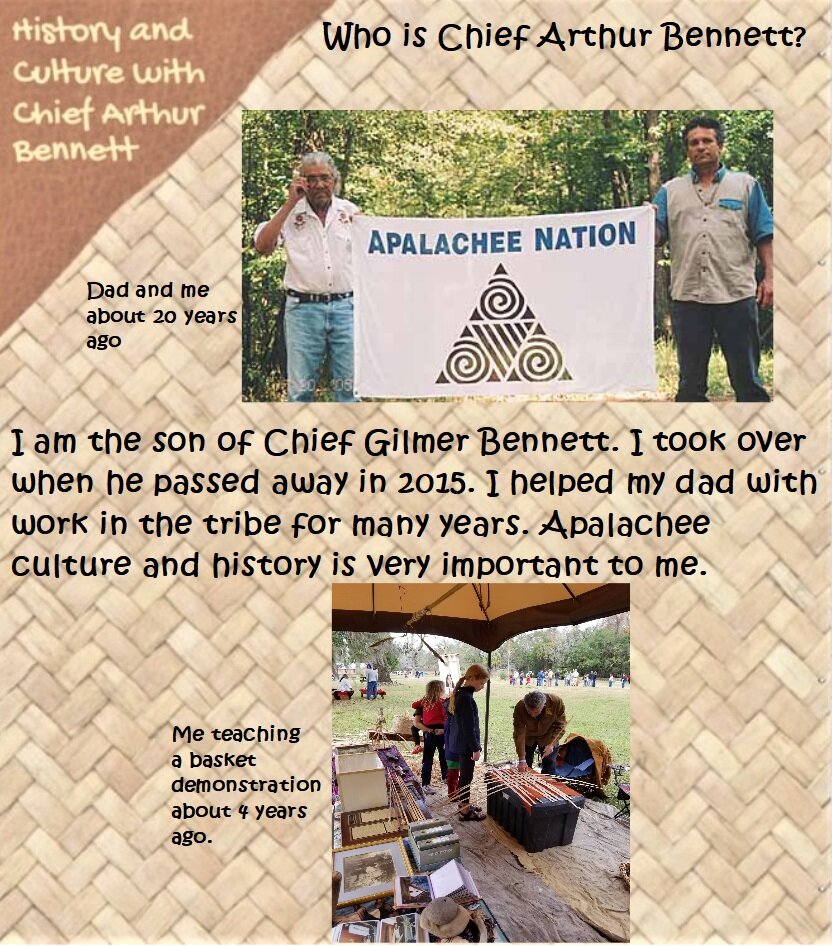
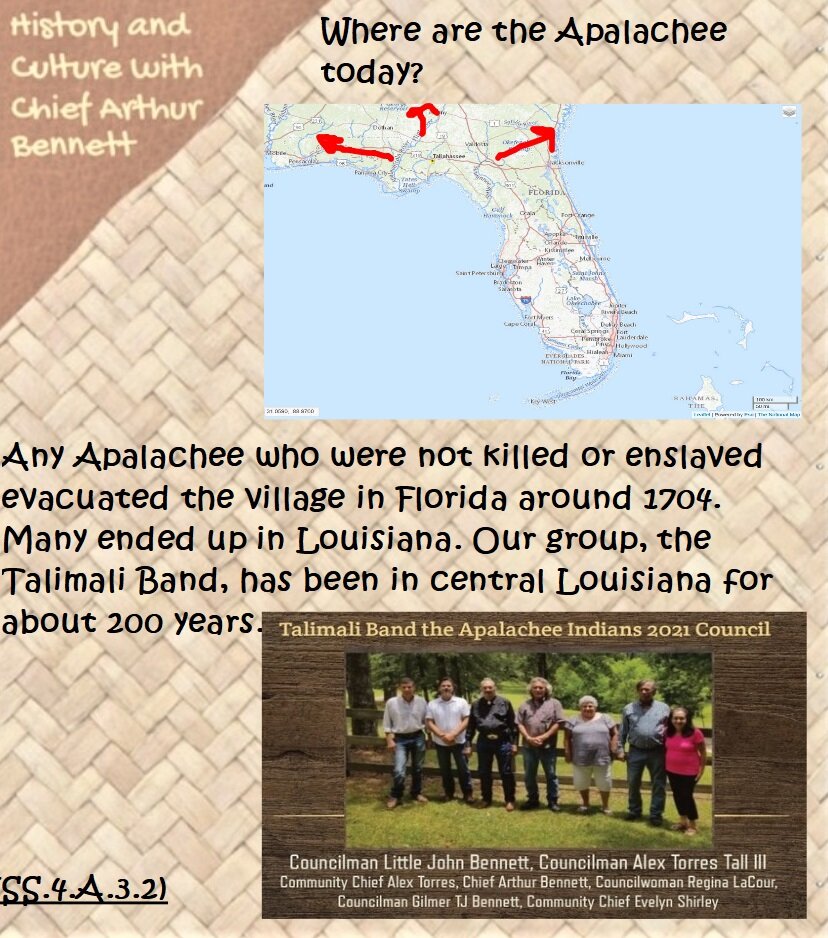
The Apalachee ball game
Sometimes known as the "Apalachee ball game", described in detail by Spaniards in the 17th century. No indigenous name for the game has been preserved. The Spanish referred to it as el juego de la pelota, "the ballgame." The game involved kicking a small, hard ball against a single goal post. The same game was also played by the western Timucua, and was as significant among them as it was among the Apalachee. A related but distinct game was played by the eastern Timucua; René Goulaine de Laudonnière recorded seeing this played by the Saturiwa of what is now Jacksonville, Florida in 1564. Goal posts similar to those used by the Apalachee were also seen in the Coosa chiefdom of present-day in Alabama during the 16th century, suggesting that similar ball games were played across much of the region.
A village would challenge another village to a game, and the two villages would then negotiate a day and place for the match. After the Spanish missions were established, the games usually took place on a Sunday afternoon, from about noon until dark. The two teams kicked a small ball (not much bigger than a musket ball), made by wrapping buckskin around dried mud, trying to hit the goalpost. The single goal post was triangular, flat, and taller than it was wide, on a long post. There were snail shells, a nest and a stuffed eagle on top of the goalpost. Benches, and sometimes arbors to shade them, were placed at the edges of the field for the two teams. Spectators gambled heavily on the games. As the Apalachee did not normally use money, their bets were made with personal goods.
Each team consisted of 40 to 50 men. The best players were highly prized, and villages gave them houses, planted their fields for them, and overlooked their misdeeds in an effort to keep such players on their teams. Players scored one point if they hit the goalpost with the ball, and two points if the ball landed in the nest. Eleven points won the game. Play was rough: players would pile on fallen players, walk on them, kick them, including in the face, pull on arms and legs and stuff dirt in each other's mouths. Players were told to die before letting go of the ball. They would try to hide the ball in their mouths; other players would choke them or kick them in the stomach to force the ball out. Arms and legs were broken. Players laid out on the ground would be revived by a bucket of cold water. There were occasional deaths.